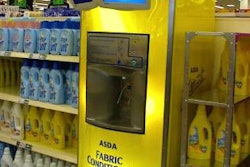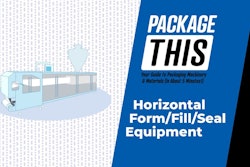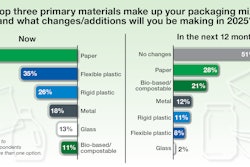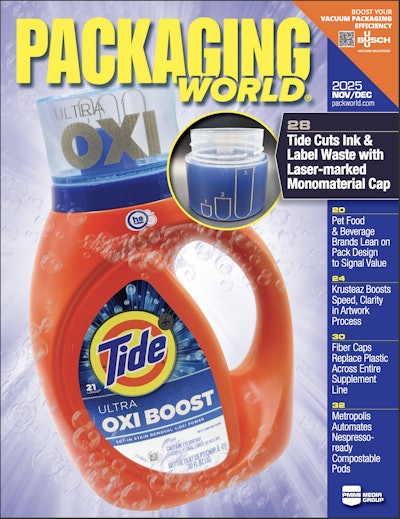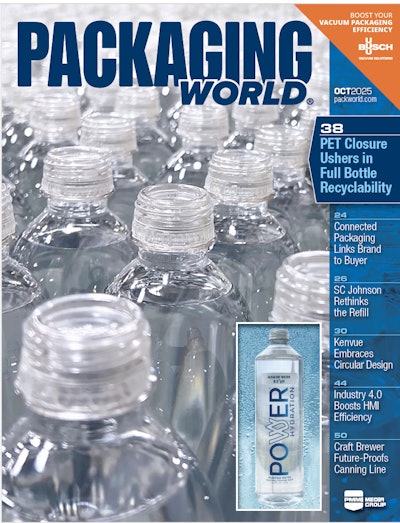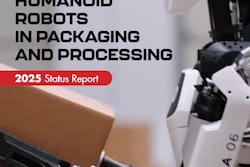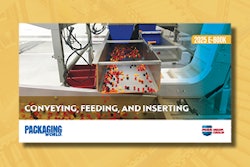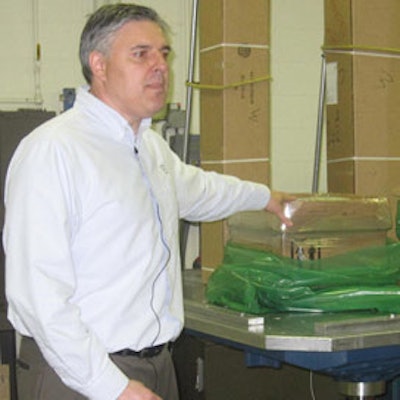
During an April 27 tour of the UPS Package Design and Testing Lab in Addison, IL, package lab manager Quint Marini showed Healthcare Packaging a variety of testing equipment used to test package materials used by customers primarily for small-parcel truck shipments. He also explained that in April UPS introduced a three-pronged approach to packaging sustainability focusing on reducing damage, right-sizing packaging for efficiency, and evaluating materials.
Compression testers, vibration tables, impact/drop testing, and a temperature/humidity chamber were among the 16 or so machines within the 7,1000 sq-ft facility, the only one of its kind at UPS. Much of the equipment is from Lansmont. Marini (shown here) says that the following are two of the key testing standards used at the UPS facility:
• Intl. Safe Transit Assn.’s Procedure 3A, which its Web site defines as “a general simulation test for individual packaged-products shipped through a parcel delivery system. The test is appropriate for four different package types commonly distributed as individual packages, either by air or ground. The types include standard, small, flat, and elongated packages. Basic Requirements: atmospheric pre-conditioning, random vibration with and without top load, and shock testing.”
• ASTM Intl.’s D4169. ASTM’s Web site describes D4169-09 as a “standard practice for performance testing of shipping containers and systems.”
Three-pronged sustainability focus
UPS is now offering its customers an assessment of their shipment packaging based on environmental standards. Under the Eco Responsible Packaging Program, UPS will evaluate a customer's packaging processes in three areas of sustainability: damage prevention, “right-sizing,” and packaging materials. UPS will score the results and those customers who meet the requirements can display the program's logo on their shipment packaging.
The first area involves protecting the shipment’s contents. According to the carrier, damaged goods not only frustrate the recipient, but often requires remanufacturing and reshipment, doubling the carbon footprint. Secondly, shrinking the size of the shipping container reduces the amount of material used and requires fewer “assets” to transport the package. The third “prong” involves using packing and shipping materials with a more sustainable environmental profile.
UPS's assessment methodology and processes are verified by Societe Generale de Surveillance (SGS), an inspection, verification, testing, and certification company.
"Our engineers have always directed our customers to use the right kind of packaging to protect their goods," said Bob Stoffel, senior vice president, engineering, strategy, supply chain and sustainability. "This service gives our customers a new way to demonstrate that they are serious about sustainability when it comes to shipment packaging."
The evaluation will assess the customer's transport packaging systems and procedures, rather than product packaging found on retail shelves. The program only takes into account the transportation (secondary) packaging that a company uses. UPS will not evaluate manufacturer's product packaging included within the secondary container; instead, we will consider the sustainability of a company's shipment packaging processes for the secondary box.
The contractual-based service is available to customers who commit to sustainable packaging solutions. Pricing is determined on a project basis. The program is conducted by the UPS Package Engineering Group, which sought out the expertise of third parties to ensure that its standards represent best practices.





